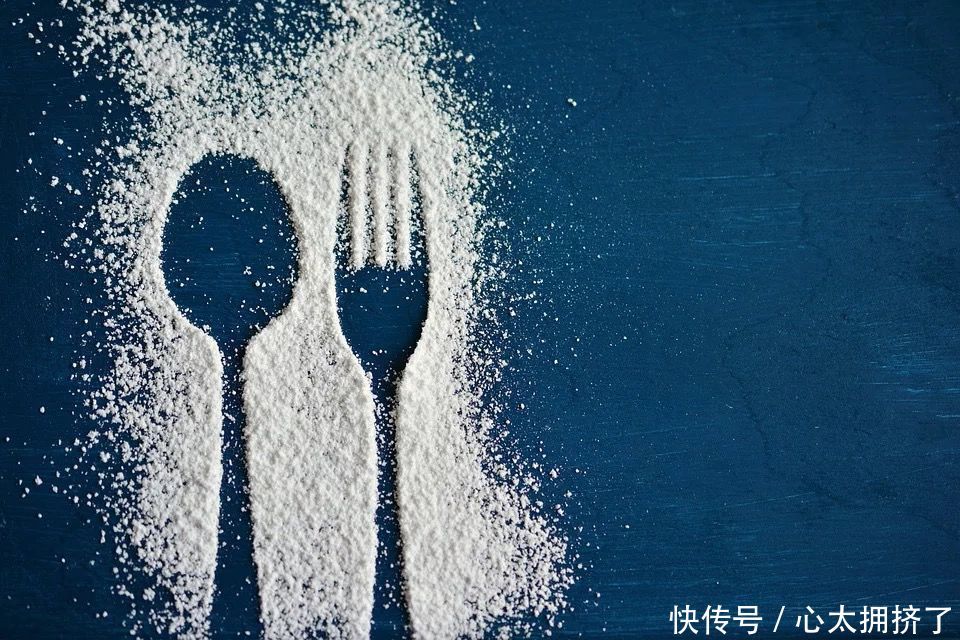182019-06What have we done to avoid unreasonable diet in different countries?Source:
The “four cornerstones” for one’s health are reasonable diet, moderate exercise, no smoking & limited alcohol consumption, and psychological balance, of which reasonable diet ranks the first. But according to the global burden of disease study 2016, the diet-induced burden of disease accounted for 15.9%, making it a major risk to people’s health. And the latest outcomes from the global burden of disease study 2017 focused on the impact of diet-related risks to health.
According to statistics, dietary risks caused 11 million adult deaths across the globe in 2017. Of them, cardiovascular diseases are the leading cause of approximately 10 million dietary deaths, followed by cancers and type 2 diabetes, which led to about 910,000 deaths. But in China, diet-related cardiovascular diseases and cancers had the highest mortality.

Disease prevention: avoid unreasonable diet
“Avoiding unreasonable diet is one of the most reasonable measures recommended by the World Health Organization (WHO) for preventing and controlling non-communicable diseases.
For every dollar invested in the policy, measures aimed at promoting healthy diet can get the greatest reward, which is 12.82 USD. With this, the WHO proposed the United Nations Decade of Action on Nutrition.”。
The Action is the commitment and pledge made by UN member states in accordance with the Framework for Action of the Second International Conference on Nutrition and the 2030 Agenda for Sustainable Development, to undertake 10 years of sustained and coherent implementation of policies and programmes.
Some progress has been made in healthy action across the globe.

Finland:
To solve the problem of cardiovascular diseases in North Karelia of Finland and change its dangerous situation, with the advocacy of the local government, the Ministry of Social Affairs and Health led the North Karelia Project in 1972 as a nationwide pilot project.
This project imposed social health intervention through practical skills, social support, and environmental improvement, followed by a series of lifestyle interventions such as physical activity, social psychological support, weight loss, and alcohol control.
Measures included:
First, cooperating with the food industry, where food processing companies developed less salty products by replacing conventional sodium salt with mineral salt (low sodium and high potassium/magnesium).
Second, enacting a law, introducing high-salt warning labels on high-salt foods and low-salt ones on low-salt foods.
Third, communicating knowledge of relations between health and lifestyles such as those between high cholesterol and cardiovascular diseases through mass media.
10mmHg,30岁~59岁人群中死于中风和缺血性心脏病的人数减少了60%。 The intervention research lasted for 25 years in the region where the project was conducted, which had significant progress. Per capita daily salt intake decreased from 12g in 1979 to under 9g in 2002. And from 1972 to 1992, average diastolic blood pressure declined 10mmHg, and the number of people aged 30 to 59 who died from stoke and ischemic heart disease dropped 60%.

UK: salt reduction action
The measures the UK carried out for salt reduction included: setting up Consensus Action on Salt and Health in cooperation with the government to reduce salt; determining salt reduction target and strategy based on sources of salt; requiring the food industry to improve food within a given period; and labeling salt content on food labels and using colors to indicate the content of salt.
Some progress has also been made in the UK’s salt reduction effort. From 2003 to 2011, salt intake has decreased from 9.5g/day to 8.1g/day, and hypertension and stroke morbidity as well as cardiovascular disease mortality have been on the decline, with the risk of dying from stroke and cardiovascular diseases reduced by about 36%.。

China: a dietary structure that needs to be improved
With China’s rapid social and economic development, its dietary structure has undergone changes. The problems with its unreasonable dietary structure can be summed up as too much sodium and too little whole grains, fruits, nuts, and vegetables.
Cereal consumption has been declining in China. For example, consumption of rice and rice-made products dropped from 217g/person/day in 1982 to 177.7g/person/day in 2012, while consumption of other cereals decreased from 103.5g/person/day to 16.8g/person/day.
China’s animal food consumption has been rapidly on the rise. For example, livestock and poultry consumption increased from 34.2g/person/day in 1982 to 89.7g/person/day. But vegetable consumption among Chinese people has been low, down from 316.1g/person/day to 269.4g/person/day.
So what is reasonable diet?
It’s advised that adults aged above 40 years follow the principle of “10 tennis balls” to improve their dietary structure and quantity, which means for each day, one has to consume meat no bigger than a tennis ball, staple equivalent to two tennis balls, fruits equal to three tennis balls, and vegetables tantamount to no less than four tennis balls.
Also, we can also follow another principle, which is to consume an egg, 500g milk, a small handful of nuts, and a poker-sized tofu on a daily basis.


 400-877-8889
400-877-8889
 Follow us on WeChat
Follow us on WeChat



